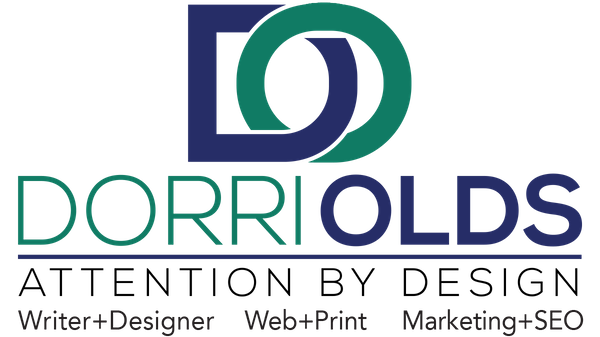In 1964, Ken Kesey, author of One Flew Over the Cuckoo’s Nest, and thirteen “Merry Pranksters” painted a bus in frenzied Day-Glo, named it “Furthur” and took off on an LSD-fueled road trip.
Now ten years after Kesey’s death, filmmakers Alison Ellwood and Alex Gibney have captured the four-decades-ago excursion in a new movie, Magic Trip, opening in theaters August 12.
It was the time of Mad Men-ish executives in suits who sipped martinis and saved for houses in the suburbs. Then along came Kesey and his Pranksters, tripping on acid, speeding through America, and filming the whole thing. Author Tom Wolfe immortalized the adventure in his bestseller Electric Kool-Aid Acid Test (which, by the way, I read four times while chronically lamenting being born too late).
Kesey looked like an All-American football player and was said to have charisma coming out of his ears. He was the trip leader and master of ceremonies. Furthur’s bus route was from California to the “World of Tomorrow,” i.e., the 1964 New York World’s Fair (which I had attended as a baby). The fair had been touted as the vista to the future. What Kesey didn’t know then was that the bus trip itself was going to far eclipse the NY fair as a flash towards the Woodstock generation.
On a plane to Sundance six years ago, Ellwood and Gibney came across an article in The New Yorker. It was written by Kesey’s friend, Robert Stone. The essay listed the passengers on the bus, including the Beat Generation’s Neal Cassady, who was the inspiration for Jack Kerouac’s character, Dean Moriarty, in On the Road. Cassady, nicknamed Speed Limit, was the driver. Amphetamine-amped, he talked constantly, like a radio, jawing fifty words per sentence. Stone said, “Cassady was the world’s greatest driver—he could roll a joint while backing a 1937 Packard onto the lip of the Grand Canyon.”
Magic Trip is much more than a documentary, it’s what Ellwood and Gibney call, “Archival Cinema Verité.” The aged sound files were in such disrepair the filmmakers had to hire lip readers to translate, and the forty hours of unsynched film was a near-hopeless mess. After a year of dedication, restoration, and creativity, they built a vicarious ride through the changing of the guard—from the Beatnik era of Kerouac, William S. Burroughs, and Allen Ginsburg into what we now know as the psychedelic 60s.

Ellwood said, “After reading that article, Alex and I looked at each other and knew we wanted to do this. The footage we found was amazing, immersive, and so experiential that it made me feel like I was there.”
If you’ve never taken acid, watching Magic Trip is pretty darn close, and for those of you who have tripped, you’ll definitely enjoy the flashbacks.
“Kesey was paid to test LSD,” Ellwood said. “He was told it was being tested to treat schizophrenics. The truth was that the CIA was testing LSD for its potential use as mind control in interrogations.”
To me, that sounded like drug-induced paranoia, so I googled it. What I found was that LSD was legal at the time, but using human guinea pigs was not. The CIA’s covert experiments really existed and were code-named MK-ULTRA. Scary stuff. But the movie is a joy ride with Kesey, and the Pranksters who had nicknames like Mal Function, Gretchen Fetchen, and Generally Famished.
SEE ALSO: Grateful Dead Documentary Examines Jerry Garcia’s Relationship with Heroin
My teen years were spent staring at posters of dead rock stars Jimi and Janis, singing into my hairbrush like a mic, and wishing I could’ve hung out with Kesey and his crowd. They’d had one-dollar-admission LSD parties called Acid Tests and hung out with the Grateful Dead. In my misspent youth, it all sounded so cool. Watching Magic Trip was like being transported back to that time.
SEE ALSO: Jimi Hendrix, 1970s Rock Posters, Beanbag Chair and Lava Lamp
“I hope people can look back on this magical time in the 60s,” Ellwood said, “when a window opened and made people believe they were going somewhere beautiful.”
Sadly, we all know how the 60s turned out but we don’t have to fret about that while seated at the cinema. This film is a celebratory slice of life—way before rock stars died, Greenwich Village clubs closed, and fans were killed at Altamont.
The highlight of Magic Trip is an animated sequence with Kesey’s recorded voice during one of his drug tests. As he narrates the sights and sounds he experienced on LSD, the screen treats us to a kaleidoscope of superimposed hallucinatory images on painted celluloid. It’s like being in a world inside a world—deep into the headspace of, say, Alice in Wonderland or Max’s Where the Wild Things Are. It’s an excursion well worth the price of a movie ticket.


